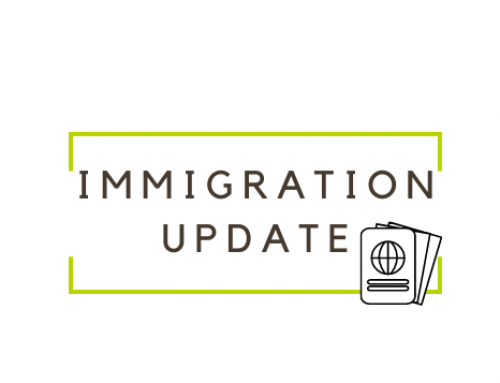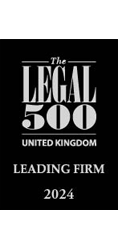Earlier this month, the Government made some significant changes to the investor category of the Immigration Rules. This article considers the changes made and the Government’s motivations for the changes.
Whilst the Government’s overall immigration policy is to reduce net migration, it wants to attract high net worth individuals and foreign investment. The Tier 1 Investor category facilitates this by granting leave to migrants who will make a substantial financial investment to the UK. The recent changes are aimed at making the category more beneficial to the UK economy, not at reducing the number of migrants obtaining leave in this category.
In October 2013, the Minister for Immigration asked the Migration Advisory Committee (MAC – a non- departmental public body comprised of economists and migration experts) to report on whether the minimum investment threshold of the investor category was appropriate to deliver “significant economic benefits” to the UK. The MAC issued a call for evidence and reported its findings in February 2014. The Government took on board some of the MAC’s recommendations, and changes were made to the Tier 1 Investor category of the Immigration Rules on 6 November 2014.
The most talked about change is the increase in the minimum investment amount for Tier 1 Investors from £1 million to £2 million. In addition to the minimum investment amount doubling, the full investment sum must now be invested in prescribed forms of investment, whereas previously investors could invest 25% of the investment sum in property or just hold it in a UK bank.
The MAC concluded that the main beneficiaries of the route are the investors themselves, not the British economy and did not provide any evidence that demonstrated that increasing the investment amount would deliver economic benefits for the UK. Instead the recommendation for the increased investment amount was made on the basis that (1) the amount had not changed since the category was first introduced in 1994, so the increase is in line with the growth in wages in the UK, and (2) that migrants would not be discouraged from applying by the increased investment amount because migrants are motivated to come to the UK by non-financial factors such as the offer of stability, the rule of law and a high quality education sector.
Other changes have been made, following the MAC’s recommendations that are aimed at altering the types of investments made by migrants with leave in this category. The MAC found that the topping up requirement (which required investors to monitor the value of their investment and maintain the investment at the minimum investment amount) incentivised investors to invest in safe investments. It is hoped that removing this requirement will incentivise investors to make investment decisions in a more natural manner, based on their appetite for risk and seeking to maximise the return on their investment and that this will lead to investments being made in a more economically beneficial way.
Previously investors were permitted to source funds by way of a loan from a registered UK financial institution. The MAC’s research showed raising funds in this way does not add any value to the UK economy as it is simply shifts funds between two actors rather than injecting new funds into the UK economy. This route was, in any event seldom used, largely due to the reluctance of UK financial institutions to lend for such purposes. Migrants are no longer permitted to source funds in this way.
The Government recognises that there is international competition for high net worth individuals with fears being voiced over whether the increase in the minimum threshold will result in such individuals being attracted to countries with lower investment thresholds such as Spain, Portugal and Malta instead of the UK. The number of applications being made in this category has been increasing year on year since 2009 and in the year ending in the third quarter of 2013, 560 applications were granted. The category not only requires migrants to have the funds, but requires them to be freely disposable and ready to be invested in the UK. Contrary to the MAC’s view that migrants will not be discouraged from applying, it seems likely to us that increasing the threshold from £1,000,000 to £2,000,000 will mean that far fewer people will be able to qualify in this category.
For information or advice on applying for leave to enter or remain in the UK as a Tier 1 Investor or for other immigration or nationality advice please contact Danielle Ramdel or Clare Taylor.







